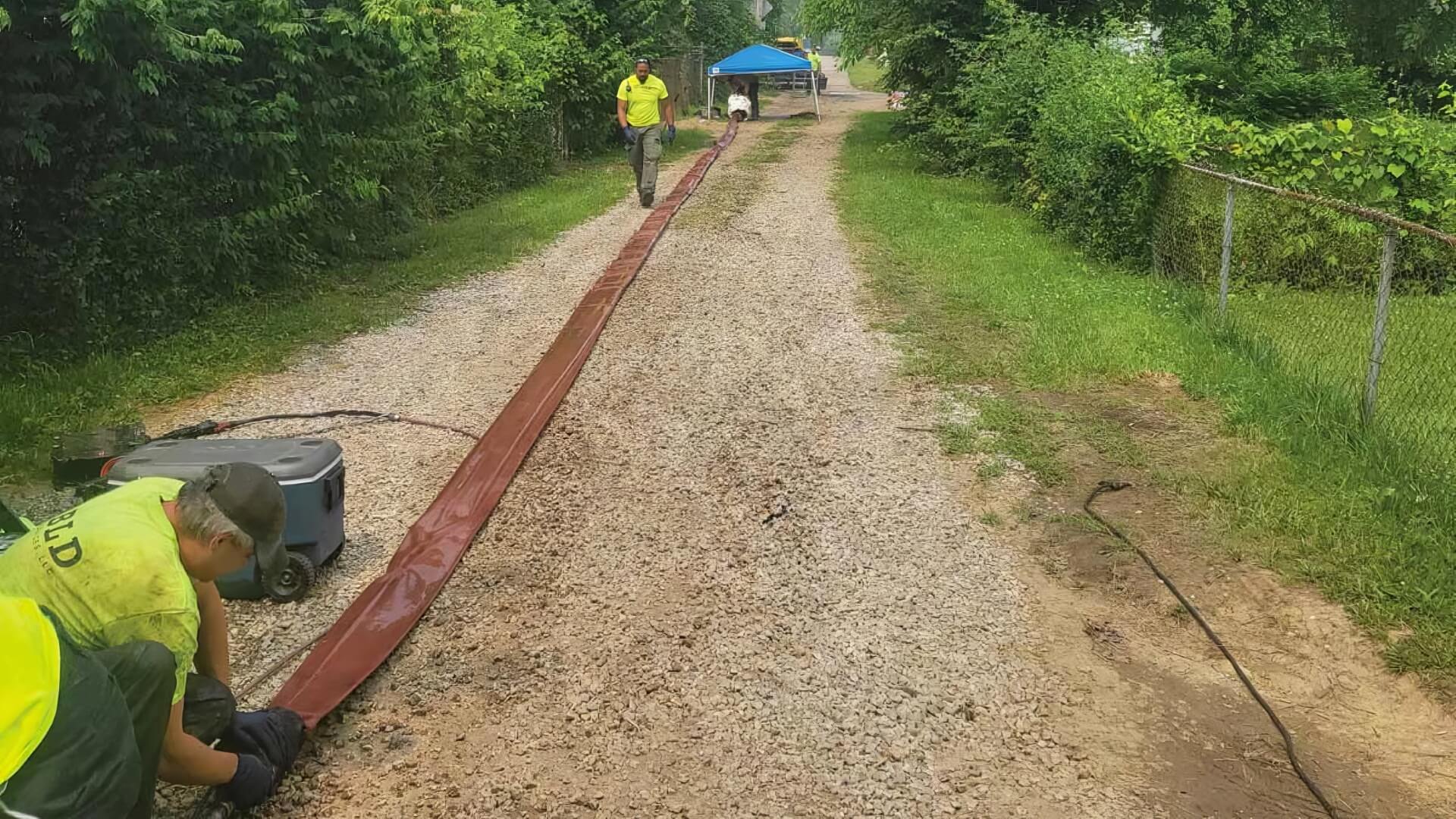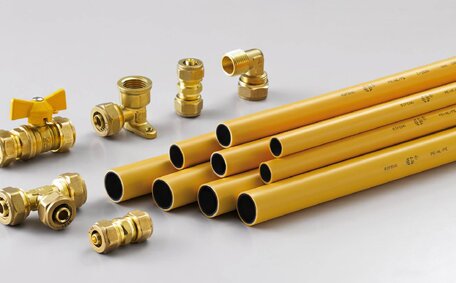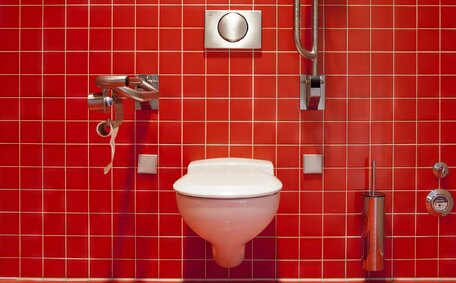Understanding Indoor Gas Heaters and Potential Risks
Gas heating solutions, including popular natural gas and propane models in Coogee, must be used cautiously to prevent harmful gas build-up. There are fixed flued heaters, which vent outside, and portable unflued models.
Unflued gas heaters provide supplemental warmth but require caution due to indoor use risks like carbon monoxide production. Other hazards include nitrogen dioxide emissions and increased carbon dioxide levels, which may exacerbate respiratory conditions and childhood asthma.
Prolonged exposure to carbon monoxide (CO), particularly from appliances not designed for safe indoor use, can be fatal.
To mitigate risks, ensure proper placement of gas heater units and follow the manufacturer’s guidelines for ventilation and object clearance. Regular maintenance, annual servicing by a licensed gas fitter, and installing CO alarms are key to reducing the risk of leaks and carbon monoxide poisoning.
Never operate outdoor gas heaters or patio heaters inside your home, nor should you operate butane models indoors, as they are not designed for such use.
Ensuring Adequate Ventilation for Safe Indoor Gas Heater Use
Proper ventilation is crucial for maintaining air quality when using unflued gas heaters indoors, as they produce significant carbon monoxide and nitrogen dioxide without sufficient fresh air.
Key ventilation tips for safe indoor gas heater use in Coogee homes include:
- Periodically open doors and windows to promote fresh airflow and prevent air stagnation.
- Use ceiling fans or portable heaters to assist with the room’s warm air circulation.
- Consider installing HVAC systems with dedicated fresh air intakes and exhaust vents.
- Regularly inspect and clean your flued heater’s vents to prevent blockages that can impede ventilation.
- Position an unflued gas heater away from furniture and room corners to not obstruct airflow.
- Understanding the correct use of unflued gas heaters and avoiding obstructions around them is essential for sensor functionality.
- Place CO alarms in rooms with gas heaters to provide alerts if dangerous gases accumulate.
- What should I do if I detect a gas odour or the burner flames exhibit irregularity? Turn off the heater immediately and seek expert help, potentially from a nearby hardware store or licensed gas fitter.
By adhering to guidelines for responsible use of gas heaters, including unflued models, you minimise health risks from pollutants and enhance heating efficiency for quicker room warming. Consult your owner’s manual or get advice from Coogee Plumbing for specific model ventilation requirements.
Installing Carbon Monoxide Detectors for Gas Heater Safety
Carbon monoxide detectors act as vital safeguards against dangers such as carbon monoxide for any Coogee residence with indoor heaters. They continuously monitor air quality, sounding an alarm if levels of carbon monoxide reach concerning thresholds.
There are different types of carbon monoxide detectors to consider:
- Battery-powered detectors that can be freely placed around rooms.
- Hardwired detectors installed by certified electricians, connected to the mains power supply.
Recommended practice is to install CO detectors in any room with a gas heater, positioned near ground level as CO is heavier than air. Placing detectors on walls near bedrooms and living spaces, away from vents or drafts, is ideal.
Test detectors monthly by pressing test buttons, and replace old detectors every 3-5 years. If alarms sound unexpectedly, ventilate the area and turn off gas appliances immediately. Then call a licenced gas fitter like the team at Coogee Plumbing to investigate and ensure your gas heaters operate safely.
Performing Regular Maintenance Checks on Your Gas Heater
Maintaining regular upkeep of your indoor gas heaters in Coogee ensures their safety and efficiency. Experts prescribe routine checks which can inform you about using your heater more reliably every year before winter:
- Gas heaters should have an external body visually inspected for damage or corrosion.
- Heaters should have burner flames that are blue and steady, not yellow or sputtering.
- Listen that the ignition is smooth without loud pops.
- Test safety features to ensure your gas appliances turn off if tipped over or airflow obstructed.
- Ensure adequate clearance from furnishings and flammable materials.
- Clean or replace external air filters if equipped.
Schedule a comprehensive safety inspection every two years with a qualified gas fitter to identify risks such as carbon monoxide exposure, gas leaks, poor ventilation, or internal component damage.
Warning signs of carbon monoxide presence may include excessive condensation, odd smells or noises, or a stuffy room atmosphere. If you notice these, stop using the heater and contact Coogee Plumbing for immediate assistance.
Following Manufacturer Guidelines for Proper Gas Heater Operation
Adhering to manufacturer instructions is essential for safe and efficient gas heater operation. Consult your owner’s manual for usage guidelines, including ventilation, clearance requirements, and maintenance steps for your specific model.
Following gas heater guidelines is important for several reasons:
- Optimising the way air can flow to improve heating performance and energy efficiency.
- Reducing risks of fire hazards or exposure to dangerous carbon monoxide gases.
- Preventing damage to the appliance from improper use or maintenance.
- Ensuring you comply with safety standards and warranty terms.
Our local licenced gas experts at Coogee Plumbing can offer insights on mitigating health effects and adhering to guidelines for safe gas heater use. Contact our team if you have any uncertainties about your indoor gas heater.
Choosing the Right Certified Indoor Gas Heater Model
When choosing an indoor gas heater for your Coogee home, opt for models certified by authorities such as Energy Safe Victoria to ensure safe indoor use. Seek out approval badges of Standards Australia or the Australian Gas Association, confirming the energy safe status and extensive safety tests passed.
Steer clear of uncertified heaters and those marked as 'outdoor use only’, which aren’t suited for indoor operation due to inadequate ventilation and safety features. Using outdoor units inside poses serious health risks from leaking exhaust gases.
Ideal certified indoor gas heater models will clearly state they are for 'indoor installation’ or 'indoor use’. Additional details to seek, as this page been produced to guide you, include:
- Built-in oxygen depletion sensors and auto shut-off features.
- Low surface temperatures to prevent burns.
- Secure base or anti-tilt switches that cut power if knocked over.
- Low gas emissions and high energy efficiency ratings.
Consult our experts at Coogee Plumbing if needing advice about selecting suitable certified indoor gas heaters, including halogen heaters, for your home heating needs.
Recognizing Warning Signs of a Faulty Gas Heater
It’s important to make sure heater inspections occur routinely, checking for any signs of faulty or dangerous operation. Warning signs that can indicate problems include:
- Strange smells, like rotten eggs, which may signal gas can escape through leaks
- Soot buildup on external vents or internal components
- Frequent pilot light outages
- Yellow or orange flames instead of blue
- Loud popping noises during ignition or use
- Heater shuts off unexpectedly or fails to ignite
- Unusually high condensation
- Rooms feeling stuffy or headaches occurring after use
If you notice any of these issues, stop using your gas heater immediately.
Ventilate the room, turn off the appliance, and call a licenced professional like Coogee Plumbing to inspect it. We can assess warning signs to diagnose faults and determine if dangerous carbon monoxide leaks are occurring. Timely repairs by a qualified gas fitter are imperative to get your gas appliances, such as indoor gas heaters, working properly again.
Mitigating Fire Hazards When Using Indoor Gas Heaters
Indoor gas heaters can pose a fire risk if not used responsibly. When operating any gas heating appliance inside your Coogee home, the following safety measures should be taken:
- Ensure the heater is installed correctly by a licenced professional, located away from furniture and room corners.
- Keep a 1 metre clearance from all combustible materials like curtains, clothing, and paper.
- Never leave a gas heater running unattended or while sleeping.
- Keep children and pets away from gas heaters to prevent accidental contact, thereby safeguarding the vulnerable members of your household.
- Avoid using around liquids or cleaning products which are flammable.
- Check for stable placement so the heater cannot be knocked over.
- Consider installing guards around fixed heaters.
- Turn off wall-mounted heaters when not in use to prevent accidental contact.
Inspect portable gas heaters thoroughly before placing into operation, ensuring no couplings or hoses are damaged. Check that automatic tip-over switches function properly by tilting the heater slightly. Report any concerning signs of a potential fire hazard immediately to the team at Coogee Plumbing for evaluation by a qualified gas fitter.
Understanding the Health Risks of Carbon Monoxide
Carbon monoxide (CO) is a toxic gas that is invisible and odourless, posing a silent yet potentially deadly threat when inhaled in high concentrations. It’s produced any time a fuel such as gas, oil, wood, or coal is burned without enough air for complete combustion.
In homes, gas cooking appliances, water heaters, furnaces, and indoor heaters or fireplaces are potential CO sources. Vehicles also produce significant CO emissions that can leak into attached garages.
Exposure to even low levels of carbon monoxide over time can lead to headaches, dizziness, and weakness, underlining the significant health risks posed by the gas. Carbon monoxide in high levels carbon monoxide can rapidly lead to unconsciousness and death, presenting serious danger especially to foetuses, infants, elderly and those with heart/respiratory conditions.
If your carbon monoxide alarm activates or anyone experiences symptoms carbon monoxide poisoning, exit the building immediately and call 000. Do not re-enter until emergency responders have resolved the issue and cleared the area as safe. A qualified technician must also inspect all fuel-burning appliances for malfunction before reuse.
Preventing CO buildup requires proper appliance maintenance, ventilation and placement of CO alarms. Contact professionals like Coogee Plumbing if you have any concerns about CO safety in your home.
Ensuring Proper Installation By a Licensed Professional
Proper installation of your indoor gas heater by a licensed professional is foundational for safety. Gas fitting qualifications require extensive training and expertise in adhering to strict design regulations, gas piping codes, and ventilation standards.
Advantages of professional installation when you do use your heater include:
- Ensuring heaters are securely fitted and connected to gas lines without leaks.
- Proper venting to safely expel exhaust gases from inside home environments.
- Checking safety mechanisms like anti-tilt switches are functioning.
- Advising on heater capacities suiting room sizes and layouts.
- Confirming adequate circulation to prevent indoor air pollution buildup.
Coogee Plumbing’s team holds advanced gas fitting accreditation. For total peace of mind having your new indoor gas heater safely and legally installed, contact our experts. We follow manufacturer specifications to optimise performance and compliance.






